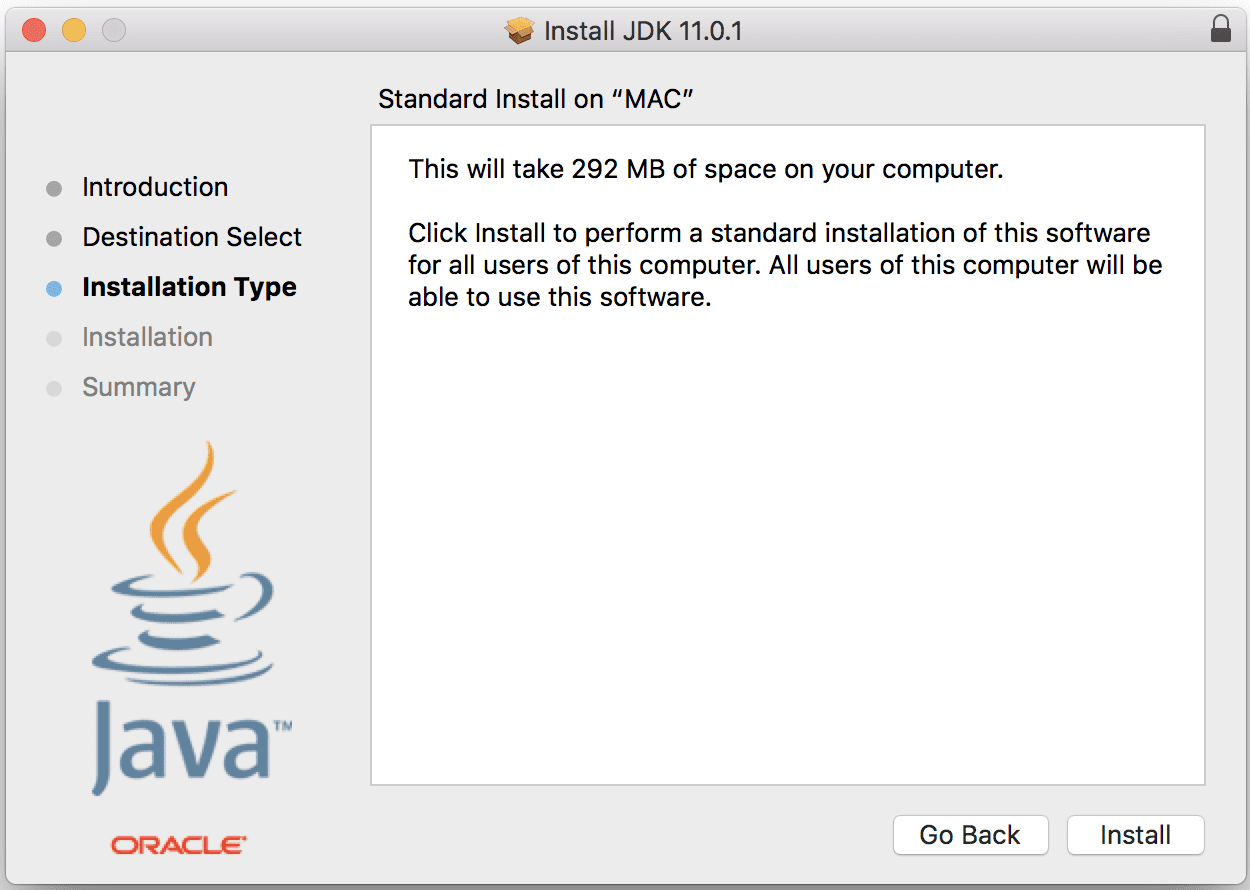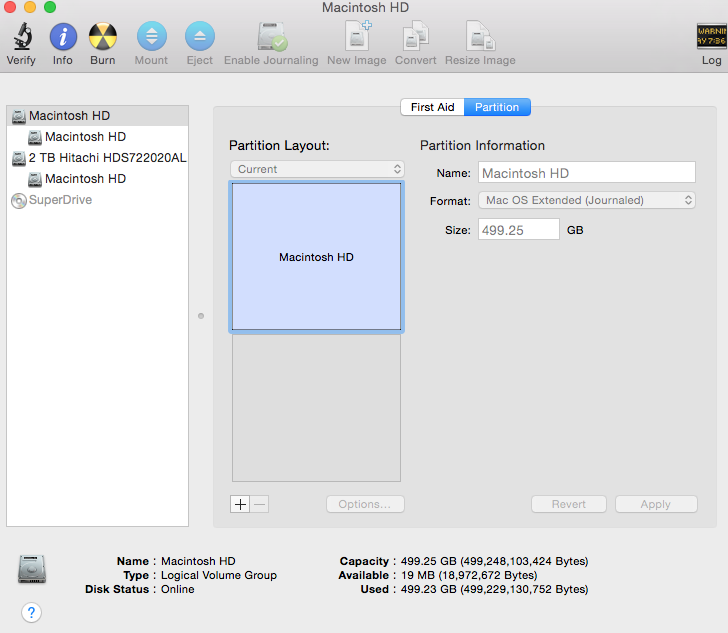
You can further export the JAVA_HOME variable in your shell init file as speciifed in the attached SOF thread. Now you can select the java version using:Įxport JAVA_HOME=`/usr/libexec/java_home -v 8` You should see the two versions specified in the response (if not, read further to create a symlink). Install two java versions (change java versions as pleased):īrew install install the following command to see the installed versions: You can use brew to install multiple java versions and run a command to switch between the versions as required. You need to open a new file ⇒ choose "Format" ⇒ "Make Plain Text" ⇒ Enter the source code ⇒ Save as " Hello.java ".Assembled from the answers here and How to set or change the default Java (JDK) version on macOS?: (If you use Mac OS X's default text editor "TextEdit" (NOT recommended), Use a programming text editor (such as Sublime Text or Atom) to input the following source code and save as " Hello.java " under the directory " ~/myProject ".Hence, this new directory can be referenced as " ~/myProject ". In Mac OS X, the home directory of the current user canīe referenced as " ~ ". Create a directory called " myProject " under your home directory (Launch "Finder" ⇒ "Go" ⇒ "Home" Select "File" ⇒ "New Folder" ⇒ " myProject ").

Display the location of Java Runtime which java Display the location of Java Compiler which javac Display the JDK version javac -version To verify your installation, open a "Terminal" and issue these commands.Follow the screen instructions to install JDK/JRE. Double-click the downloaded Disk Image (DMG) file.Under "Java Platform, Standard Edition" ⇒ "Java SE 11.0.

Then, proceed to "Step 3: Write a Hello-world Java program".



 0 kommentar(er)
0 kommentar(er)
